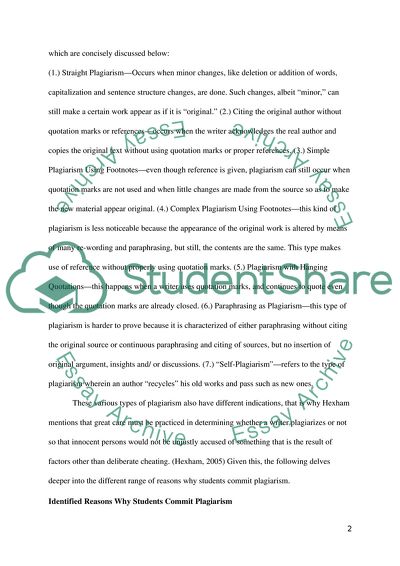Cite this document
(Different Approaches to Addressing Academic Plagiarism Literature review Example | Topics and Well Written Essays - 1500 words - 1, n.d.)
Different Approaches to Addressing Academic Plagiarism Literature review Example | Topics and Well Written Essays - 1500 words - 1. https://studentshare.org/education/1716062-plagiarism
Different Approaches to Addressing Academic Plagiarism Literature review Example | Topics and Well Written Essays - 1500 words - 1. https://studentshare.org/education/1716062-plagiarism
(Different Approaches to Addressing Academic Plagiarism Literature Review Example | Topics and Well Written Essays - 1500 Words - 1)
Different Approaches to Addressing Academic Plagiarism Literature Review Example | Topics and Well Written Essays - 1500 Words - 1. https://studentshare.org/education/1716062-plagiarism.
Different Approaches to Addressing Academic Plagiarism Literature Review Example | Topics and Well Written Essays - 1500 Words - 1. https://studentshare.org/education/1716062-plagiarism.
“Different Approaches to Addressing Academic Plagiarism Literature Review Example | Topics and Well Written Essays - 1500 Words - 1”. https://studentshare.org/education/1716062-plagiarism.


